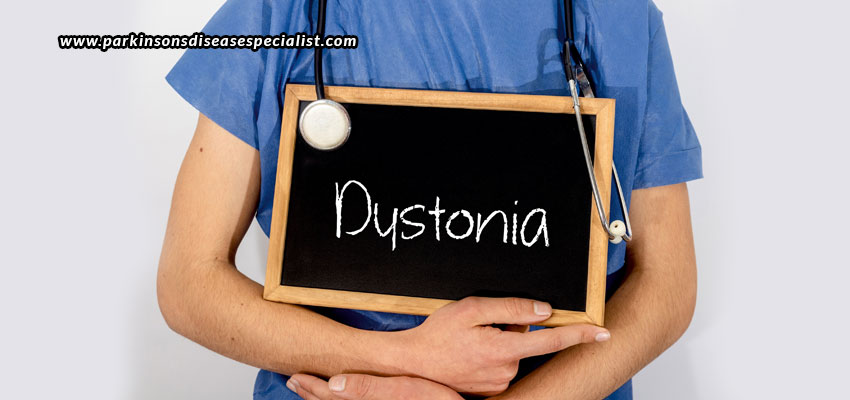
28 Jul Dystonia – The Treatment
Dystonia is a movement disorder that contracts your muscles involuntarily, causing repetitive or twisting movements. Depending upon the parts that dystonia affects in the body, it could be of different types like focal dystonia, general dystonia, or general dystonia. If these involuntarily movements are not managed or treated at the earliest, the symptoms may worsen, causing interference with daily tasks.
Because dystonia is a complication in the part of the brain that controls muscle movement, it is very essential to have your condition thoroughly checked so as to offer you the most appropriate treatment for your particular individual condition. What works for one patient won’t necessarily work for another. Also, you must understand that there is no permanent sure shot cure for dystonia. But, the condition can be effectively managed. This is why you need an experienced and expert professional who has been dealing with dystonia patients since a good number of years, and has been successful at managing each one’s condition effectively. Dr. Shivam Mittal is one such movement disorders specialist who has been offering successful dystonia treatment in UAE at his clinic for the past many years.
Medications
Medications are the first line of attack against the involuntary muscle contractions. The basic medication is carbidopa-levodopa, which are used to increase the levels of dopamine in the brain. Other medications include trihexyphenidyl, benztropine, tetrabenazine, diazepam, clonazepam, and baclofen, each having its own effect and purpose.
Injections
Botox injections are more commonly used than medicines. They are injected into specific muscles to scale back or eliminate muscle contractions and improve abnormal postures. However, these injections show results only for a few months, which is why you may be asked for the next injection dosage every 3-6 months.
Therapy
Other than the medications and injections, your doctor may also recommend you therapies and exercises to be done to bring you better relief. It could include stretching exercises or massaging to ease the pain, or physical therapy and occupational therapy to reduce symptoms and improve functions. Speech therapy can also be recommended if the disorder has affected the voice of the patient.
Surgery
This is the last retort to managing dystonia, when nothing else works. There are two types of surgeries that the doctor may implement. One is selective denervation surgery which involves cutting the nerves that control muscle spasms, and the other is deep brain stimulation which involves the implantation of electrodes into the brain and a neurotransmitter in the chest, both being connected so that the neurotransmitter can send electrical pulses to the electrodes to help the brain control muscle spasms and contractions.
Other than the treatment that your doctor recommends for you, you can also adapt certain remedies like meditation, yoga, and deep breathing to ease the stress and help you relax. We know how living with dystonia can be so difficult, but because there is no permanent treatment to it, there is no option but to learn to live with it.







